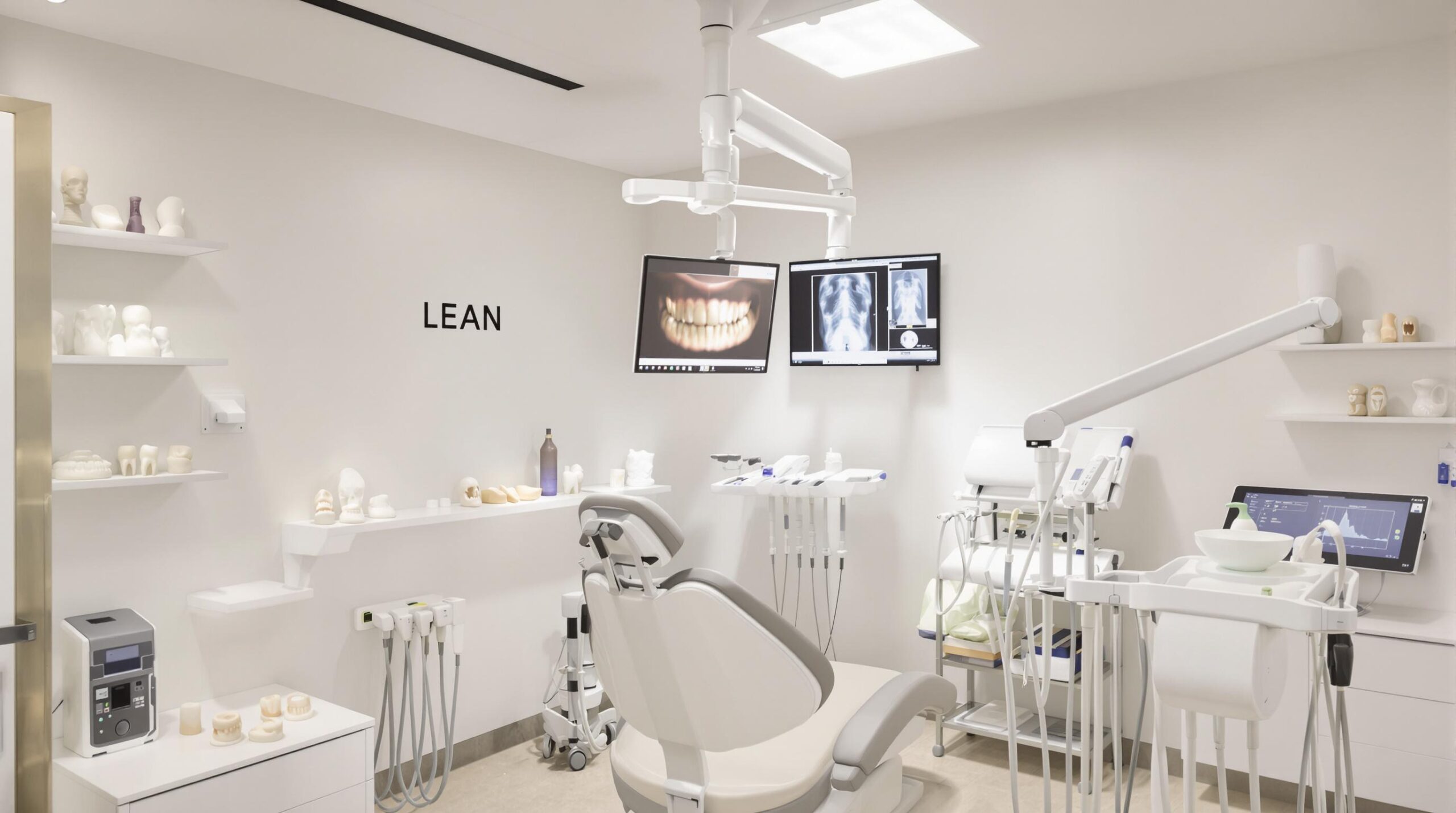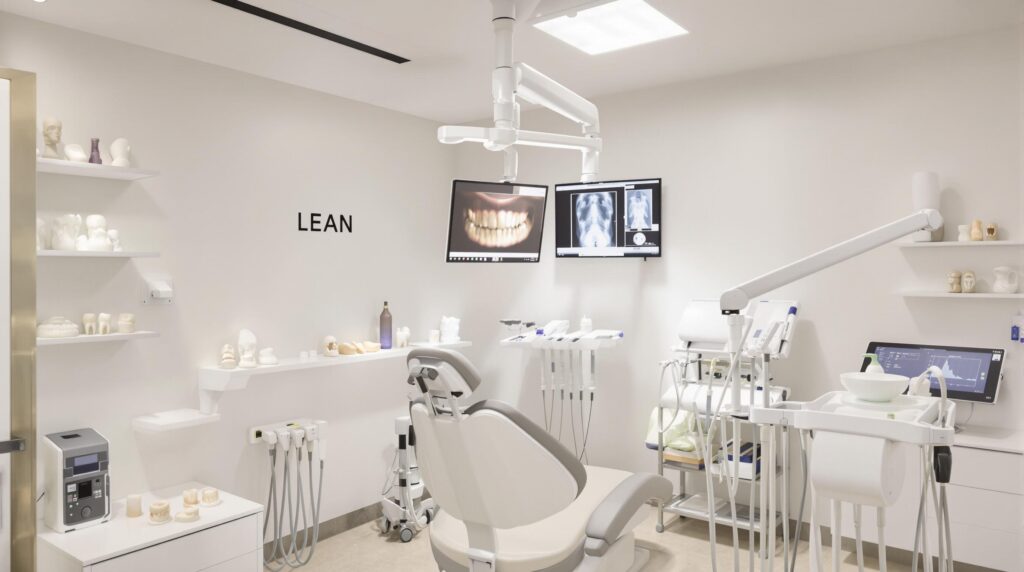
The Impact of Premolar Extractions on Upper Airway Dimensions
In the careful and deliberate world of orthodontic interventions, the extraction of premolars remains a topic of contention, primarily concerning its potential impact on a patient’s upper airway dimensions. As orthodontists, we constantly weigh the functional outcomes against aesthetic desires and the overall dental health of our patients. A recent systematic review, published in the European Journal of Orthodontics (Papageorgiou et al., 2025), presents a critical assessment of this issue, merging clinical evidence with analytical rigor to inform our clinical decisions.
Assessing the Impact on Upper Airway
The study confronts the long-held assumption that removing premolars can detrimentally constrict the upper airway, potentially increasing the risk of obstructive sleep apnea (OSA). Using data extracted from eleven retrospective studies involving 891 patients, this review offers a comprehensive meta-analysis utilizing cone-beam computed tomography (CBCT) to evaluate changes in upper airway volume and minimum cross-sectional area (minCSA) post-treatment.
Findings and Implications
This is no simple realm of scholarly exploration. The review meticulously sifts through a wide array of parameters—nasopharynx, palatopharynx, glossopharynx—and concludes with moderate certainty that premolar extractions do not lead to adverse volumetric changes in the airway. In particular, the minCSA of the oropharynx was even more significant in extraction patients, challenging the narrative that extractions unerringly lead to airway diminishment.
Methodological Considerations
From a methodological viewpoint, the inclusion of solely non-randomized studies does raise questions regarding the potential for bias. Despite rigorous adherence to Cochrane guidelines in the risk-of-bias assessment, the inherent design of these retrospective studies introduces confounding variables that may not have been fully accounted for, such as differences in skeletal patterns between patient groups, the severity of malocclusion, and treatment duration.
Clinical Implications
Nevertheless, the clinical implications are profound. For practitioners, the findings underscore the necessity of individualized treatment plans that consciously incorporate the potential impact on a patient’s airway—not out of unfounded concern over extraction, but from a place of better understanding of how these procedures truly affect respiratory health.
Conclusion
As advocates for patient health and wellbeing, this review serves as a reminder of the importance of evidence-based practice. It challenges us to continue harnessing the latest research to refine our clinical approaches and maintain an open dialogue about the implications of orthodontic choices. Ultimately, the goal remains: to provide care that is not only effective and aesthetic but also conducive to the overall health of our patients.
Future Directions
For those who remain committed to the integration of advanced techniques and conservative methodologies, this study reaffirms that the careful extraction of premolars, when indicated, is not an inherently detrimental practice and encourages continued innovation and inquiry in the pursuit of optimal patient outcomes.
Reference: Papageorgiou SN, Zyli M, Papadopoulou AK. Extraction of premolars in orthodontic treatment does not negatively affect upper airway volume and minimum cross-sectional area: a systematic review with meta-analysis. Eur J Orthod. 2025;47:cjaf012. doi:10.1093/ejo/cjaf012.
References:
➡️ View Dr. Baxmann‘s Books

